
Preserve, Protect, and Restore the Night Sky: International Dark-Sky Association’s global mission
Industry Topics | December 01, 2022 | The Lighting Exchange
Who better to understand the vulnerability of a resource such as the night sky than an astronomer? It was an astronomer’s observations at the Kitt Peak National Observatory in Tucson, AZ, that led to the organization now known as the International Dark-Sky Association (IDA) in 1988. The organization is present in 60 countries, with nearly 200 certified International Dark-Sky Places that encourage the preservation and protection of dark sites.
Today, IDA is the global authority on light pollution. Its mission to eradicate light pollution through responsible lighting practices is supported through multiple programs and resources that build awareness on the implications of overlighting. “We want people to understand that when we talk about dark sky, we do not mean dark ground,” say IDA Technical Director Pete Strasser. “There are always cases to be made for lighting. Our mission is to educate about light levels and responsible lighting design, putting light where you need it, when you need it, and no more.” The IDA is both a grassroots organization, with local chapters around the world, and also works with leading industry organizations, such as the IES, and advises local, national, and international municipalities. The IDA website is a repository of information on light pollution, lighting, and advocacy.
In 2006, IDA initiated its Fixture Seal of Approval program, an objective, third-party certification for lighting that minimizes glare, reduces light trespass, and doesn’t pollute the night sky. “What started as a program with a focus on fixture designs with full cut-off now considers all sorts of technical features such as LED capabilities, color temperatures, CRI, and dimming and other controls,” says Strasser. “We’ve come a long way in the last 20 years with the advent of LED and directional light sources. We have better tools to address how to light responsibly for better fiscal and environmental results. The dark sky community is benefitting from these advancements in technology and fixture design.” Strasser notes that lighting manufacturers can label their products as dark sky compliant, but only a fixture with IDA’s seal of approval has undergone IDA’s testing processes to gain the Fixture Seal of Approval. The majority of Landscape Forms’ lights have been certified by the IDA.
Landscape Forms and the IDA are furthering their relationship through IDA’s Brand Partners program, which connects corporate and business sectors and the IDA. Brand Partners support programs, outreach, education, and night-sky conservation efforts. Landscape Forms recently became an IDA Brand Partner. “Our Brand Partners invest in us and support our work,” says Hartley. “They help us reach new constituents and spread awareness of dark sky benefits. It’s meaningful for people to hear about our mission from trusted peers.”
The IDA may best be known for its dark sky parks, bolstered by eco-tourism and a growing awareness of light pollution and its negative effects on ecosystems, wildlife, and human health. That awareness is leading to a new industry − astro-tourism− as more and more number people seek out IDA’s dark sky parks. “Our Dark Sky Places are seen as a competitive advantage in countries and regions around the world,” says CEO and Executive Director Ruskin Hartley. “The ability to draw people to locations with the express purpose to view the night skies connects to eco-tourism, environmentalism, and protecting all our natural resources.” There are currently 195 certified International Dark Sky Places around the world.
Other News Content by:
Landscape Forms
Revolutionary 360 Solar—Off-Grid Lighting Powered by Innovation
Featured Products | June 13, 2025 | The Lighting ExchangeMoment by Landscape Forms
Featured Products | May 09, 2025 | The Lighting ExchangeA Brighter, More Adaptable Urban Lighting Solution
Featured Products | March 27, 2025 | The Lighting ExchangeFor Lighting That Performs and Inspires, Listen to Nature.
Industry Topics | February 13, 2025 | The Lighting Exchange
